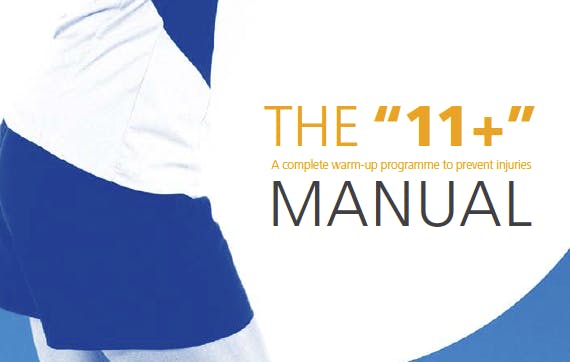On March, 28th 2018, physical therapists, Igor Kozlov, DPT, and Aaron Lentz, SPT, gave their first presentation at the new Park Slope United Club House, which just opened up their doors on March, 24th 2018 in Bedford Stuyvesant.
A lot of great material was covered including common injuries that soccer players face during training and games, the FIFA 11+ warm-up, proper footwear for different kinds of turf, and the benefits of the Movement Assessment.
Here’s a brief recap.
What is the Movement Assessment?
A Movement Assessment is an evaluation of your child’s body’s movement. Our therapists will assess your child’s body’s posture and core strength, search for any muscle imbalances, test their flexibility, analyze their gait, and test for balance.
This creates a baseline for them to improve upon. A Movement Assessment is useful for catching any inefficiencies in the body early on that can lead to injury. This assessment has proven to be an invaluable tool for many of the athletes we see at our practice.
Imagine your child being able to run with greater efficiency and producing less strain on their muscles and joints, or having the knowledge to jump, land, and pivot with a lower chance of injury.
Our therapists can help your child gain greater insight and control over their body, which will lead to greater athletic performance.
The FIFA 11+
Aaron and Igor mentioned the importance of stretching and warming up before training and playing in any matches. The FIFA 11+ warm-up routine was created as an injury prevention program. Coaches and parents should be mindful and remind their young athletes to do a proper warm-up.
Recent studies have shown that the most common injuries in youth soccer players are torn ACL’s, Hamstring strains/tears, and ankle injuries.
Research has shown that implementing the FIFA 11/11+ warm up statistically decreases the number of injuries during soccer. The warm-up can be implemented before a game, practice or just kicking the ball around with friends.
The FIFA 11 is a series of warm-up exercises that are broken up into three parts.
Part 1 includes all running exercises, there are a series of 6 activities to be performed in part 1.
Part 2 is all about exercises that utilize plyometrics, balance training, and strength training. Part 2 includes another 6 exercises which can be changed to a more challenging level as the athlete improves.
Part 3 is the last section where there is just one exercise that again focuses on running. In part 3 the level of difficulty can be changed based on the ease of completion of the athlete performing the warm-up.
Download the FIFA 11+ warm-up sheet here.

Osgood-Schlatters (Knee Pain)
Osgood-Schlatters is an overuse injury that is more common among boys from the age of 9-15 and during growth spurts. The presentation and symptoms are a pronounced bump below the knee cap, that is painful with activity, but the pain decreases with rest. The details of the injury affect the patellar tendon at its insertion point on the tibia and may affect the growth plate. Osgood-Schlatters can be diagnosed with a radiograph. This injury is caused by a lot of running and jumping activities.
Read more about Osgood-Schlatters here.
Proper Footwear
The last topic that was discussed was proper footwear for playing soccer. The shoe should fit snug with just a little room for the toes to move. Proper soccer shoes should be worn while playing soccer, not running shoes or cross trainers or basketball shoes. This cannot be stressed enough!
For indoor play, there are specific indoor soccer shoes that should be worn. When playing on artificial turf there are specific turf cleats that aren’t as long and have more cleats on the bottom of the shoes.
When playing in wet or long grass that is softer the cleats should be a little longer to provide more grip while playing.
Schedule Your Child’s Movement Assessment with Our Expert Physical Therapists Today.
Fill out my online form.
.png?auto=format&auto=compress&h=150)

